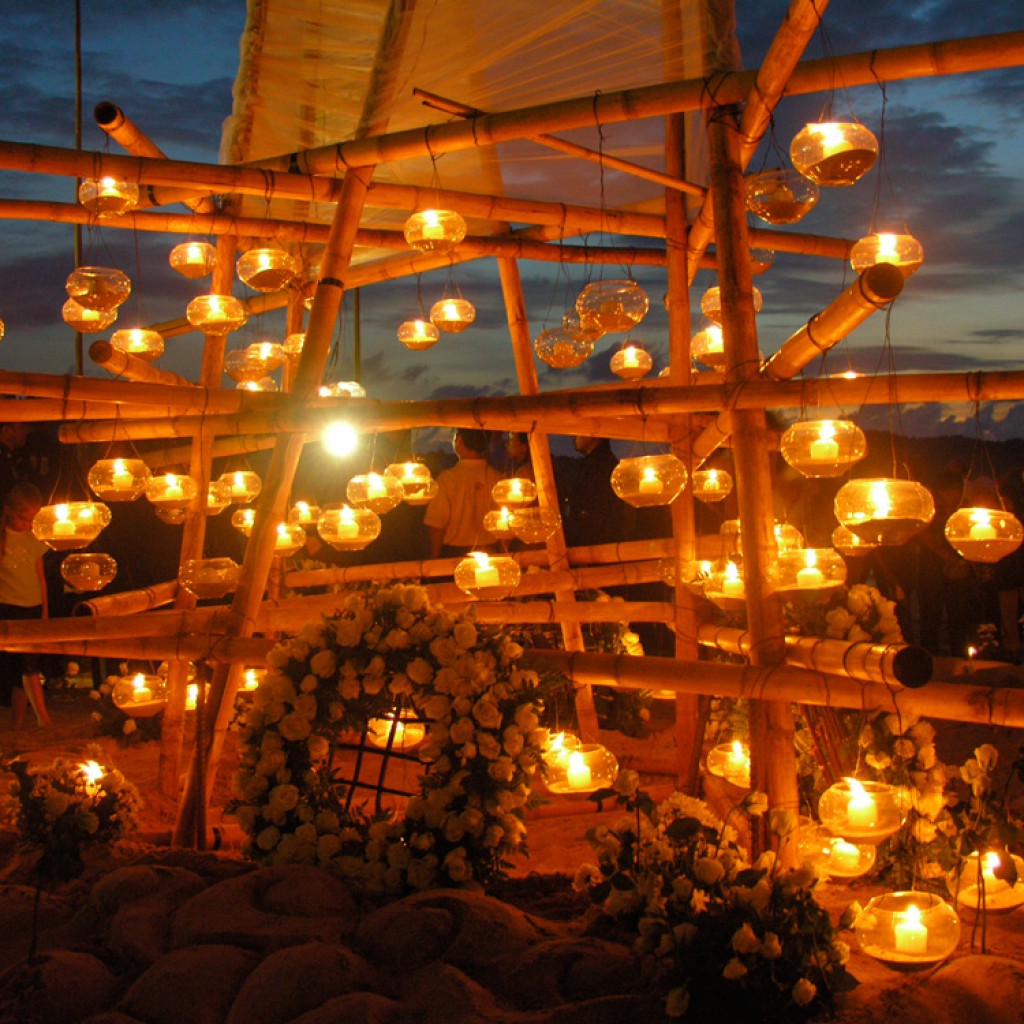Khaolak Remembers the 2004 Tsunami

Tsunami December 26th 2004
THE FORCE OF NATURE
On the morning of December 26th, 2004, Khao Lak residents and visitors were enjoying a sunny and beautiful morning after Christmas. Around 8:00 am, many people reported feeling a mild earthquake shaking their homes and hotels for about two minutes. About two hours later, crowds at the beach watched curiously as the ocean receded to a point far past the lowest low tide mark. Suddenly, the first of several sets of massive waves rushed landward at tremendous speed, going as far as two kilometres inland before reaching the foot of the mountains. After flooding Khao Lak for over an hour, the waters began to recede, leaving behind thousands of lives and numerous communities in total devastation.
It was not until days later that many in Khao Lak learned that an earthquake, measuring 9.1 on the Richter Scale, had struck off the coast of Northern Sumatra, sending massive energy through the ocean in the form of tsunamis, and inundating the coastal areas of 13 countries around the Indian Ocean rim, from Indonesia to Somalia, The disaster along thousands of kilometres of coastline.There are estimates of 226,415 presumed casualties (176,459 confirmed dead and 49,956 missing) with more than 2.3 million people affected by the disaster.
After Indonesia,Thailand was the second worst-hit country in Southeast Asia, with the tsunami causing major damage in six provinc- es in the south of the country: Ranong, Phang Nga, Phuket, Krabi, Trang and Satun. According to the Ministry of the Interior, 5,395 people were killed, 8,457 injured, and 2,932 missing. There were 12,017 households (58,550 people) in 407 villages that were affected.
For geological reasons, the waves in Khao Lak were larger and more powerful than in other par ts of Thailand, and no area was more badly impacted than Khao Lak, which accounted for 80% of Thailand’s casualties.
THE POWER OF HOPE
Khao Lak’s reaction to this tragedy is a narrative of human defiance in the face of darkness and tragedy. Many survivors, both locals and visitors, speak frankly and openly about that morning and the hard times that followed. Everyone agrees – whether a survivor, someone who lost a loved one, or even those who came to help – that their lives were changed forever. But one thing that stands out over the years is the resilience of the people to not give up, to look the tragedy in the face and overcome through hope and healing, so that it is not so much the disaster that they identify with now, but the renewal and rebuilding of their lives and communities.
The Royal Thai Government’s efficient response during the initial emergency won widespread praise – with participants in a key United Nations conference commending the relatively organized response of the government and military, and how rapidly they incorporated large sectors of civil society and private business to help out in the immediate aftermath of the tragedy.
That said, in facing the long road from disaster relief to rebuilding, healing and development it was private citizens, organizations and local actors who took over heroically.Whilst donations flooded in from across the world,
in Thailand the disaster sparked a level of philanthropic giving and cooperation on a scale never before seen. Eighteen months after the tsunami, there were still over 250 aid organisations conducting rehabilitation and development projects on behalf of communities across Khao Lak, paving the way for the complete revival of local infrastructure and livelihoods that exists today.
THE TRIUMPH OF HUMANITY
A decade has passed. Looking at the beauty of Khao Lak today, few, if any marks of that life-changing morning remain on the landscape. The local economy, average local incomes, development and investment have far sur- passed pre-tsunami levels. Many survivors, both locals and those who were visiting, have moved on to become very successful in life. But in their hearts, none have ever forgotten the events of that terrible day or the loved ones they lost to the sea.These human beings and their communities were forever changed by the forces of nature – firstly from outside and then finally, from within.
The beauty of the tropical paradise that is Khao Lak today is a testament to the power of hope – and to the resilience of the tsunami survivors, heroes, communities, caregivers and humanitarians who never gave up.
So as the 10th anniversary of the 2004 Tsunami approaches and we remember the terrible loss of life on that most infamous of days, we should also reflect on, share and celebrate our infinite ability as human beings to endure and overcome – even in the face of unimaginable adversity.
To our loved ones and all those lost, we remember you.To all those who survived, we salute you.
December 26th, 2014. Khao Lak remembers.
NOTE TO READERS: We will post details and times of Tsunami remembrance as we receive them. Please check there for the latest information.
























